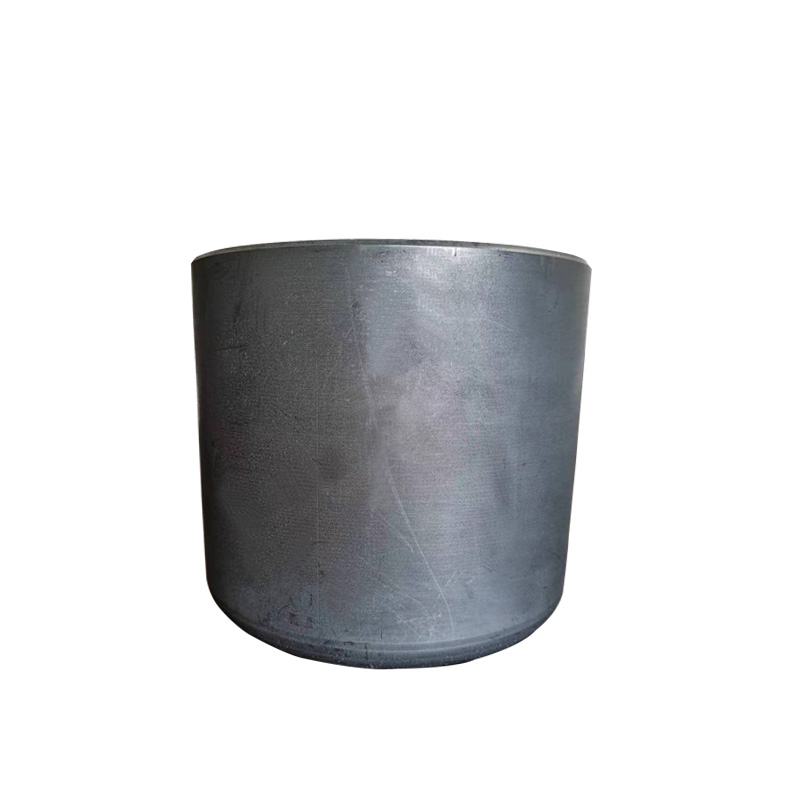Oct. 31, 2023
Minerals & Metallurgy
Crucibles are essential tools in various industries, from metallurgy to chemistry, where they play a vital role in processes like melting, casting, and heating materials at high temperatures. Two common types of crucibles are ceramic and graphite crucibles, each with its unique properties and advantages. Understanding the differences between these two materials can help you make the right choice for your specific applications.
Material Composition:
The most fundamental difference between ceramic and graphite crucibles lies in their material composition. Ceramic crucibles are typically made from various types of ceramics, such as alumina or zirconia. These materials are known for their high-temperature resistance, making ceramic crucibles suitable for processes that involve extremely high temperatures.
Graphite crucibles, on the other hand, are made from graphite, a form of carbon. Graphite crucibles have excellent thermal conductivity, which allows them to heat up quickly and distribute heat evenly. This makes them ideal for applications where precise temperature control is crucial.
Temperature Resistance:
One of the primary factors to consider when choosing a crucible is its temperature resistance. Ceramic crucibles are known for their exceptional resistance to high temperatures, often exceeding 3000°C. This property makes them well-suited for processes like metal casting and glass melting, where extreme heat is required.
Graphite Crucibles for Metal Melting also have impressive temperature resistance, typically up to 3000°C. However, their performance can be influenced by the specific type of graphite used and impurities in the material. For extremely high-temperature applications, ceramic crucibles may have a slight edge.
Chemical Resistance:
Another crucial factor to consider is the crucible's resistance to chemical reactions with the materials being processed. Ceramic crucibles tend to be more chemically inert, making them an excellent choice when dealing with corrosive substances. They are often used in laboratories and industries where precision and purity are paramount.

Graphite crucibles, while chemically stable in many applications, may not be as resistant to certain corrosive materials as ceramic crucibles. Therefore, it's essential to choose the right crucible material based on the specific chemicals and compounds involved in your processes.
Thermal Shock Resistance:
Ceramic crucibles typically have better thermal shock resistance compared to graphite crucibles. This means they can withstand rapid temperature changes without cracking or breaking. In processes that involve frequent heating and cooling cycles, ceramic crucibles are often the preferred choice.
Graphite crucibles are more susceptible to thermal shock and may crack or degrade if subjected to rapid temperature changes. Therefore, they are better suited for applications that involve relatively stable and consistent temperature conditions.
Cost and Durability:
Graphite crucibles are generally more affordable than ceramic crucibles. They are also known for their durability and longevity when used within their temperature and chemical resistance limits. While ceramic crucibles are more expensive, their long lifespan and ability to withstand extremely high temperatures can make them a cost-effective choice for certain industries and applications.
Conclusion:
In summary, the choice between ceramic and graphite crucibles depends on the specific requirements of your application. Ceramic crucibles excel in high-temperature, chemically inert, and thermally stable environments. They are ideal for processes where precision and purity are essential. On the other hand, graphite crucibles offer excellent thermal conductivity and are more cost-effective, making them a popular choice for applications that don't require extreme temperature resistance or high chemical resistance.
Ultimately, the decision comes down to a balance between your specific needs, budget constraints, and the materials you'll be working with. By understanding the differences between ceramic and Quality graphite crucibles, you can make an informed choice that best serves your industrial or laboratory processes.
If you are interested in sending in a Guest Blogger Submission,welcome to write for us!
All Comments ( 0 )